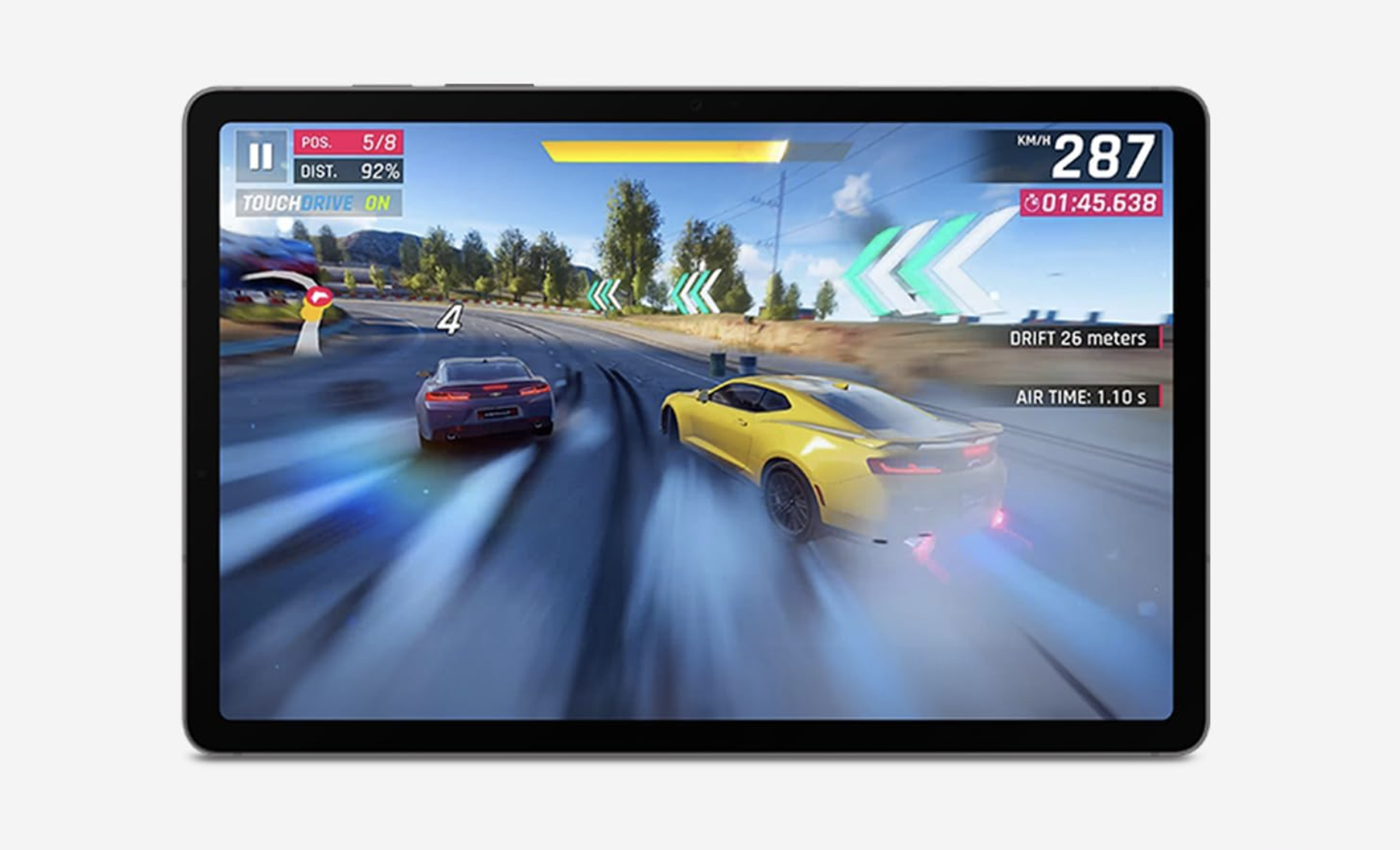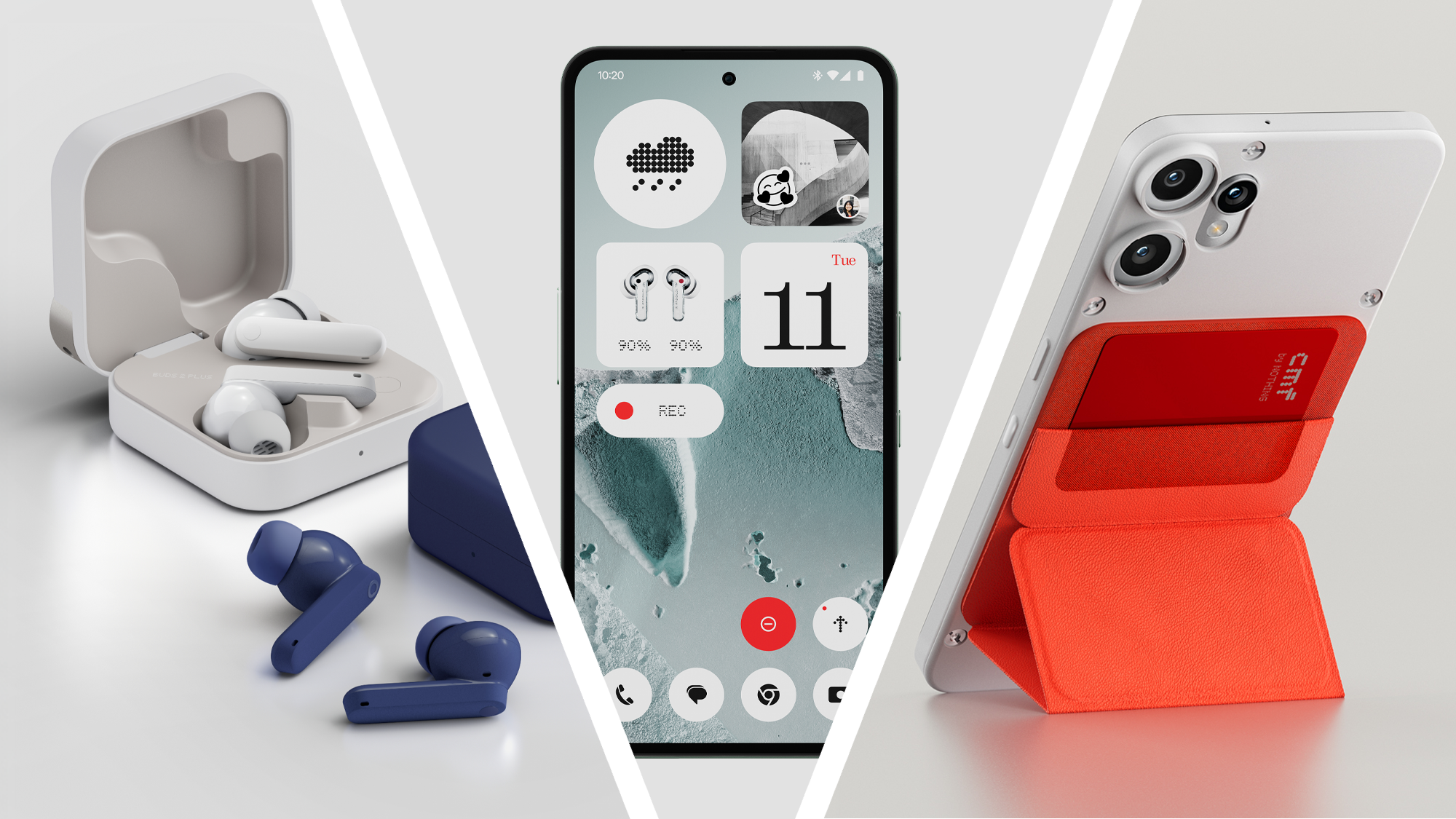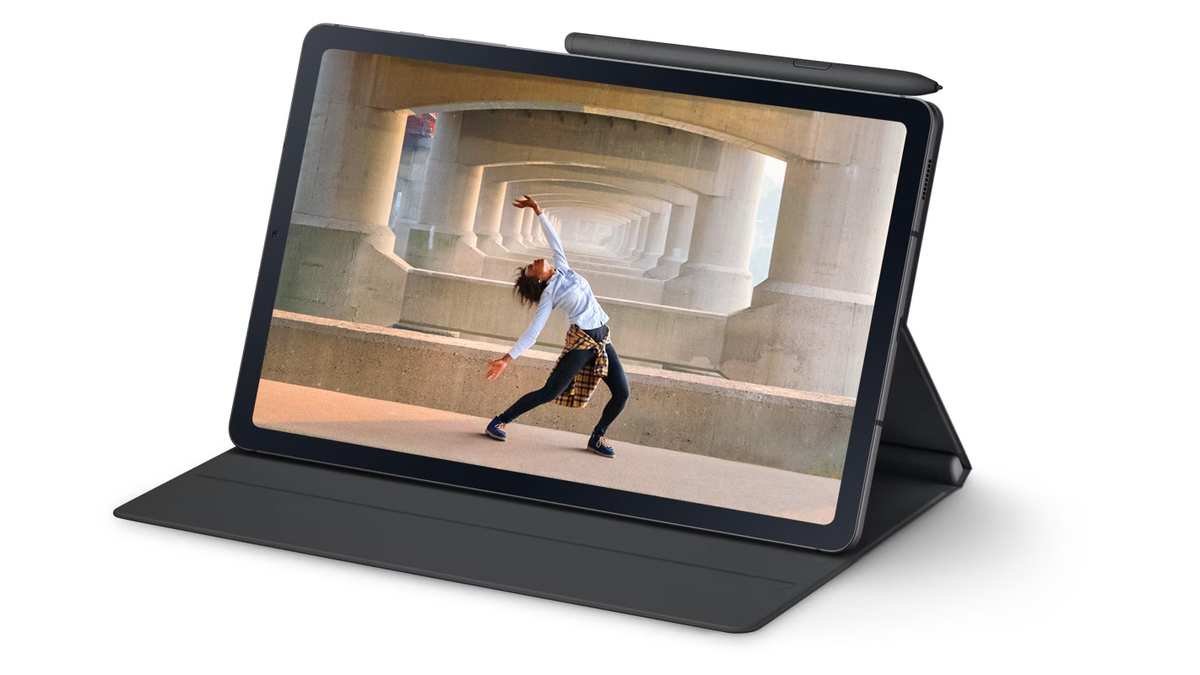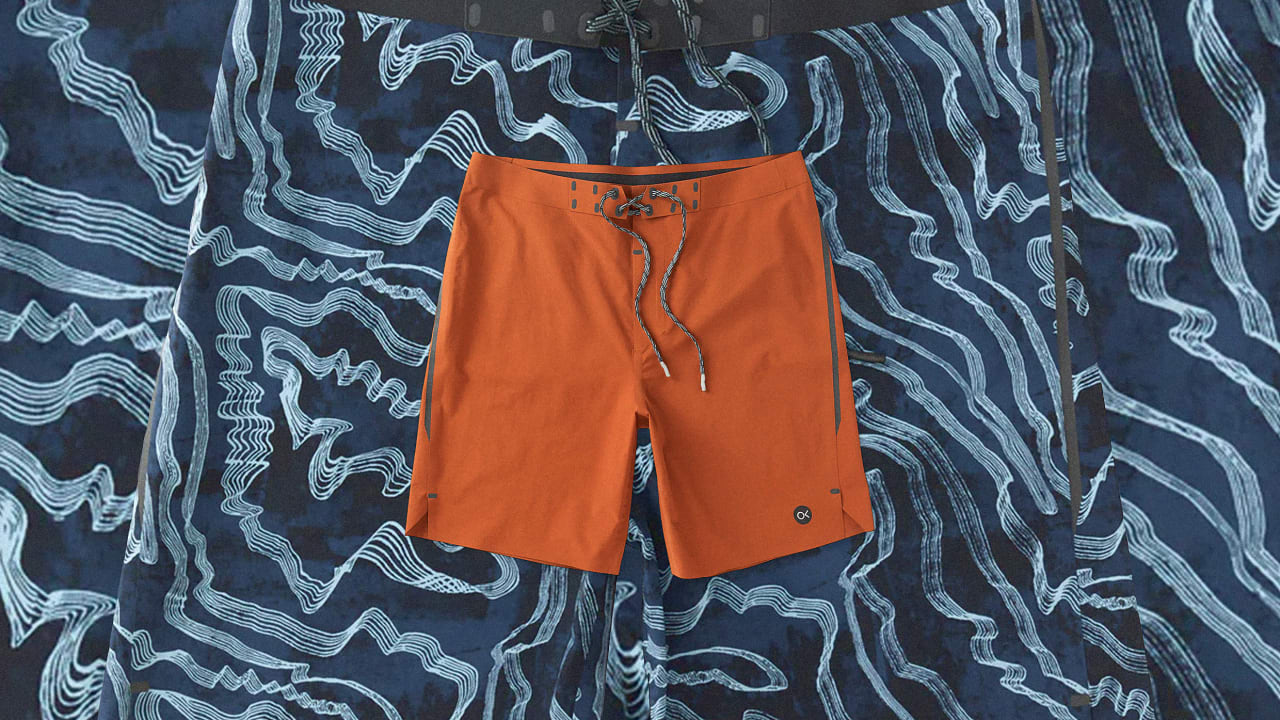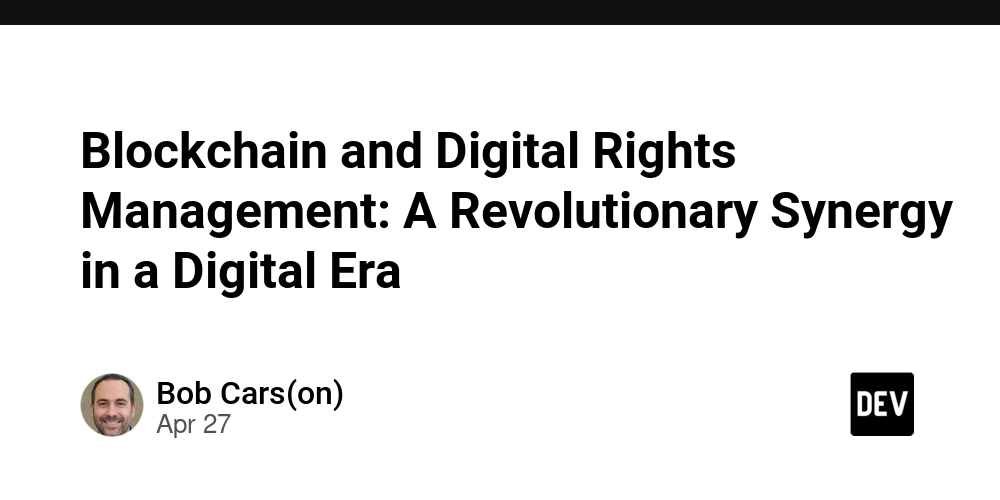How to Design Displays for Outdoor or High Ambient Light Environments
When designing devices intended for outdoor use or areas with strong ambient lighting, a standard TFT display often falls short. In these conditions, visibility and readability become critical — and ensuring that users can clearly see and interact with the screen is a major design challenge. At Rocktech, we’ve worked extensively on addressing these issues across a wide range of projects. Here’s a look at two common approaches to building sunlight-readable displays, and how to choose the right solution depending on your application needs. ⸻ Option 1: Transflective TFT Displays Transflective displays use a special structure that reflects ambient light to enhance readability without depending solely on backlight brightness. Pros: • Excellent readability under direct sunlight • Lower power consumption (since backlight usage decreases under bright conditions) Cons: • Much higher cost compared to standard TFT displays • Limited color vibrancy compared to transmissive displays • Typically longer lead times and limited panel options Because of the high cost and complex supply chain, transflective solutions are often reserved for mission-critical, specialized industries like aviation or military-grade equipment. ⸻ Option 2: High-Brightness TFT Displays The more practical and widely used method is simply boosting the backlight brightness of the TFT display. Modern high-brightness displays can reach 1000 nits or more, providing excellent visibility even under direct sunlight. This approach balances performance, cost, and availability. At Rocktech, we offer a wide range of High Brightness Display options — making it easier to design devices for outdoor kiosks, smart parking systems, agricultural equipment, marine displays, and more. If you’re looking for an effective and cost-efficient sunlight-readable solution, high-brightness TFTs are typically the way to go. ⸻ Don’t Forget the SBC! Designing a sunlight-readable display is only half the challenge — you also need a powerful, reliable embedded platform to drive it. Whether you’re building a smart outdoor controller, a rugged HMI, or an industrial tablet, choosing the right Single Board Computer (SBC) is key. At Rocktech Embedded SBC Solutions, we provide customizable Android/Linux SBCs designed for industrial use, supporting high-brightness TFTs out of the box. ⸻ Final Thoughts When designing for bright environments, understanding your display technology options makes all the difference. • If cost is no concern and maximum readability is required: consider transflective panels. • For most commercial and industrial applications: high-brightness TFTs offer the best balance of cost, availability, and performance. With the right combination of high-brightness displays and rugged embedded systems, you can ensure your product delivers an outstanding user experience — no matter how bright the surroundings are.

When designing devices intended for outdoor use or areas with strong ambient lighting, a standard TFT display often falls short. In these conditions, visibility and readability become critical — and ensuring that users can clearly see and interact with the screen is a major design challenge.
At Rocktech, we’ve worked extensively on addressing these issues across a wide range of projects. Here’s a look at two common approaches to building sunlight-readable displays, and how to choose the right solution depending on your application needs.
⸻
Option 1: Transflective TFT Displays
Transflective displays use a special structure that reflects ambient light to enhance readability without depending solely on backlight brightness.
Pros:
• Excellent readability under direct sunlight
• Lower power consumption (since backlight usage decreases under bright conditions)
Cons:
• Much higher cost compared to standard TFT displays
• Limited color vibrancy compared to transmissive displays
• Typically longer lead times and limited panel options
Because of the high cost and complex supply chain, transflective solutions are often reserved for mission-critical, specialized industries like aviation or military-grade equipment.
⸻
Option 2: High-Brightness TFT Displays
The more practical and widely used method is simply boosting the backlight brightness of the TFT display.
Modern high-brightness displays can reach 1000 nits or more, providing excellent visibility even under direct sunlight. This approach balances performance, cost, and availability.
At Rocktech, we offer a wide range of High Brightness Display options — making it easier to design devices for outdoor kiosks, smart parking systems, agricultural equipment, marine displays, and more.
If you’re looking for an effective and cost-efficient sunlight-readable solution, high-brightness TFTs are typically the way to go.
⸻
Don’t Forget the SBC!
Designing a sunlight-readable display is only half the challenge — you also need a powerful, reliable embedded platform to drive it.
Whether you’re building a smart outdoor controller, a rugged HMI, or an industrial tablet, choosing the right Single Board Computer (SBC) is key.
At Rocktech Embedded SBC Solutions, we provide customizable Android/Linux SBCs designed for industrial use, supporting high-brightness TFTs out of the box.
⸻
Final Thoughts
When designing for bright environments, understanding your display technology options makes all the difference.
• If cost is no concern and maximum readability is required: consider transflective panels.
• For most commercial and industrial applications: high-brightness TFTs offer the best balance of cost, availability, and performance.
With the right combination of high-brightness displays and rugged embedded systems, you can ensure your product delivers an outstanding user experience — no matter how bright the surroundings are.




















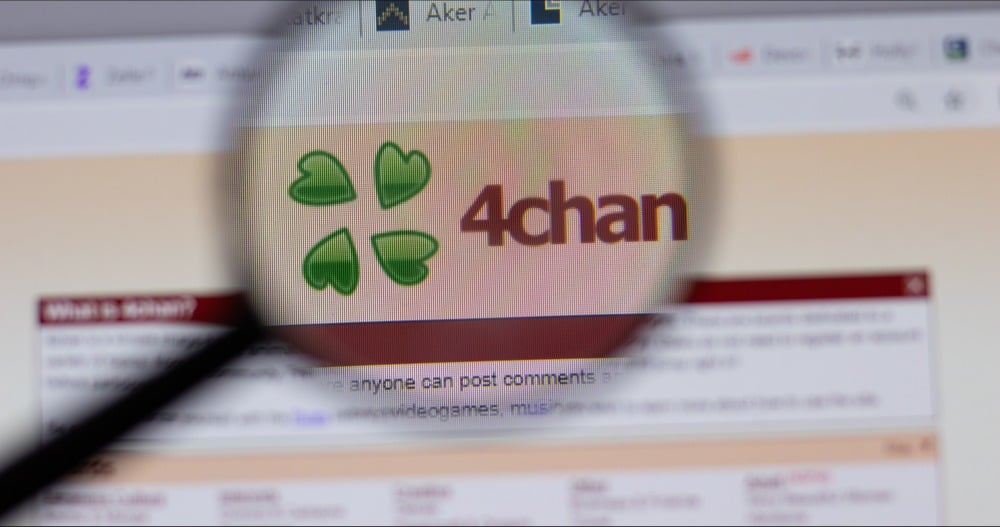














































































































































![[The AI Show Episode 143]: ChatGPT Revenue Surge, New AGI Timelines, Amazon’s AI Agent, Claude for Education, Model Context Protocol & LLMs Pass the Turing Test](https://www.marketingaiinstitute.com/hubfs/ep%20143%20cover.png)













































































































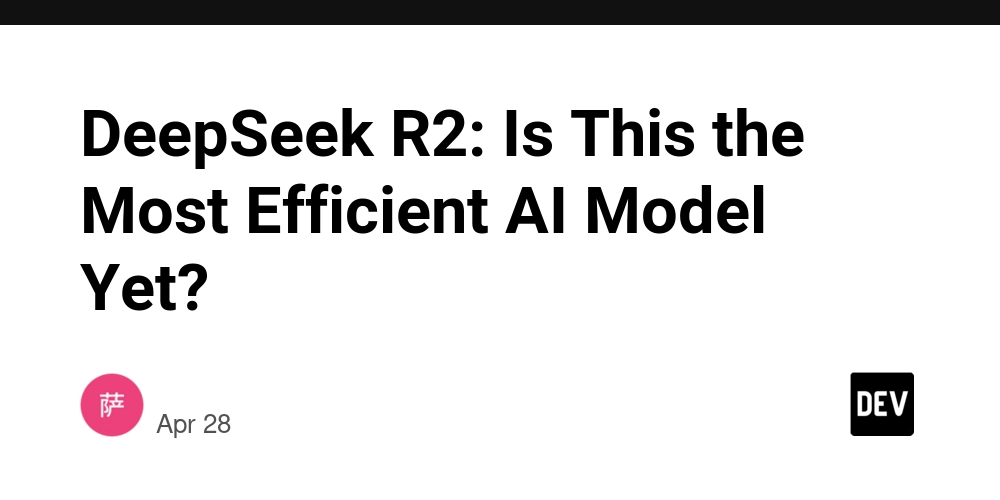
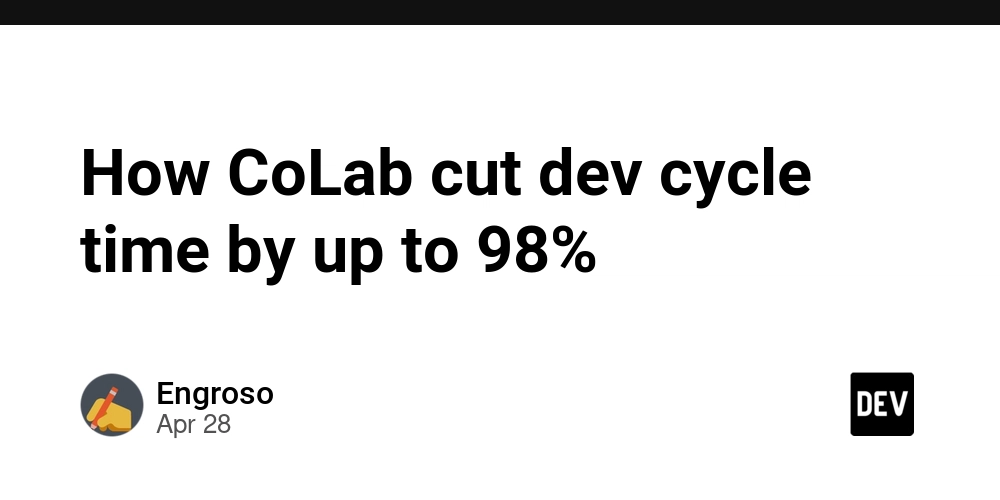
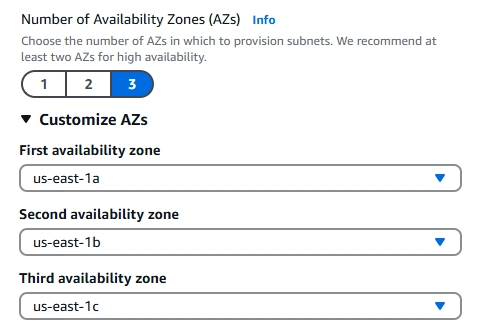














![[DEALS] Koofr Cloud Storage: Lifetime Subscription (1TB) (80% off) & Other Deals Up To 98% Off – Offers End Soon!](https://www.javacodegeeks.com/wp-content/uploads/2012/12/jcg-logo.jpg)





























































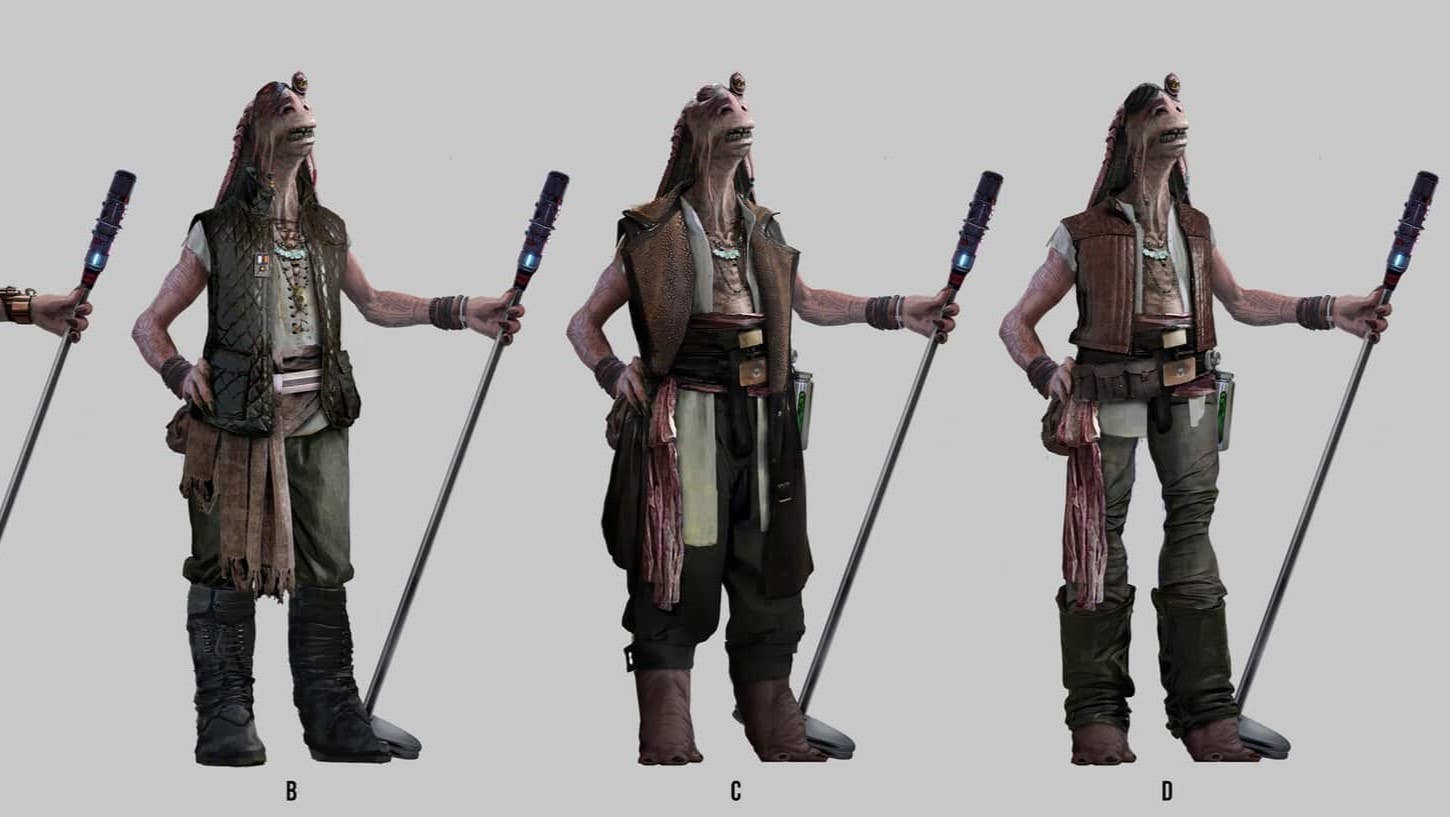
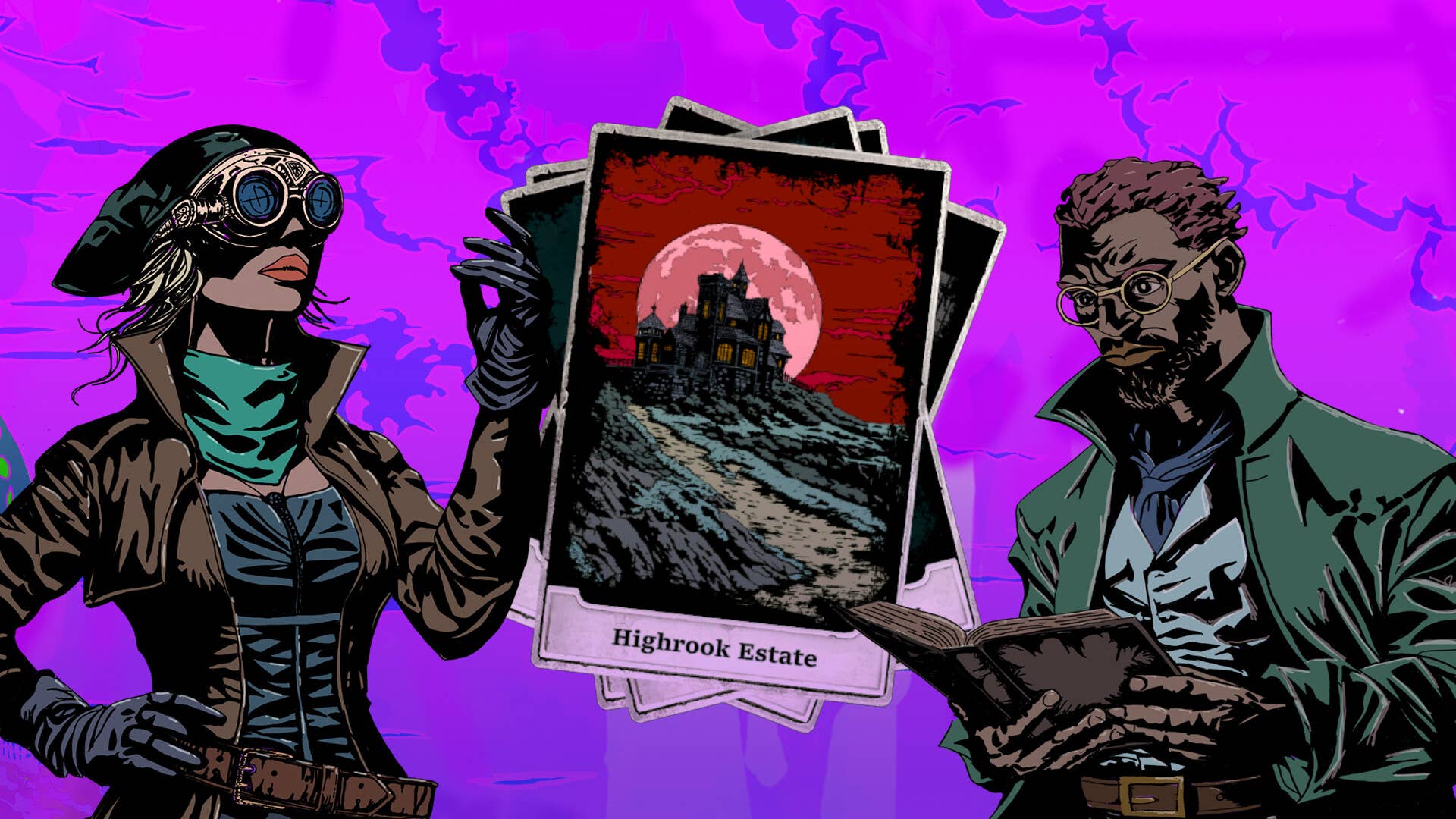



















































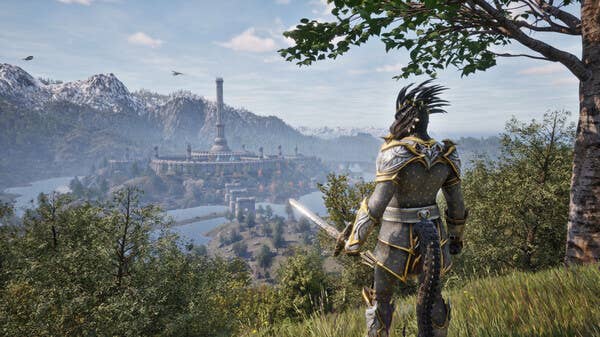











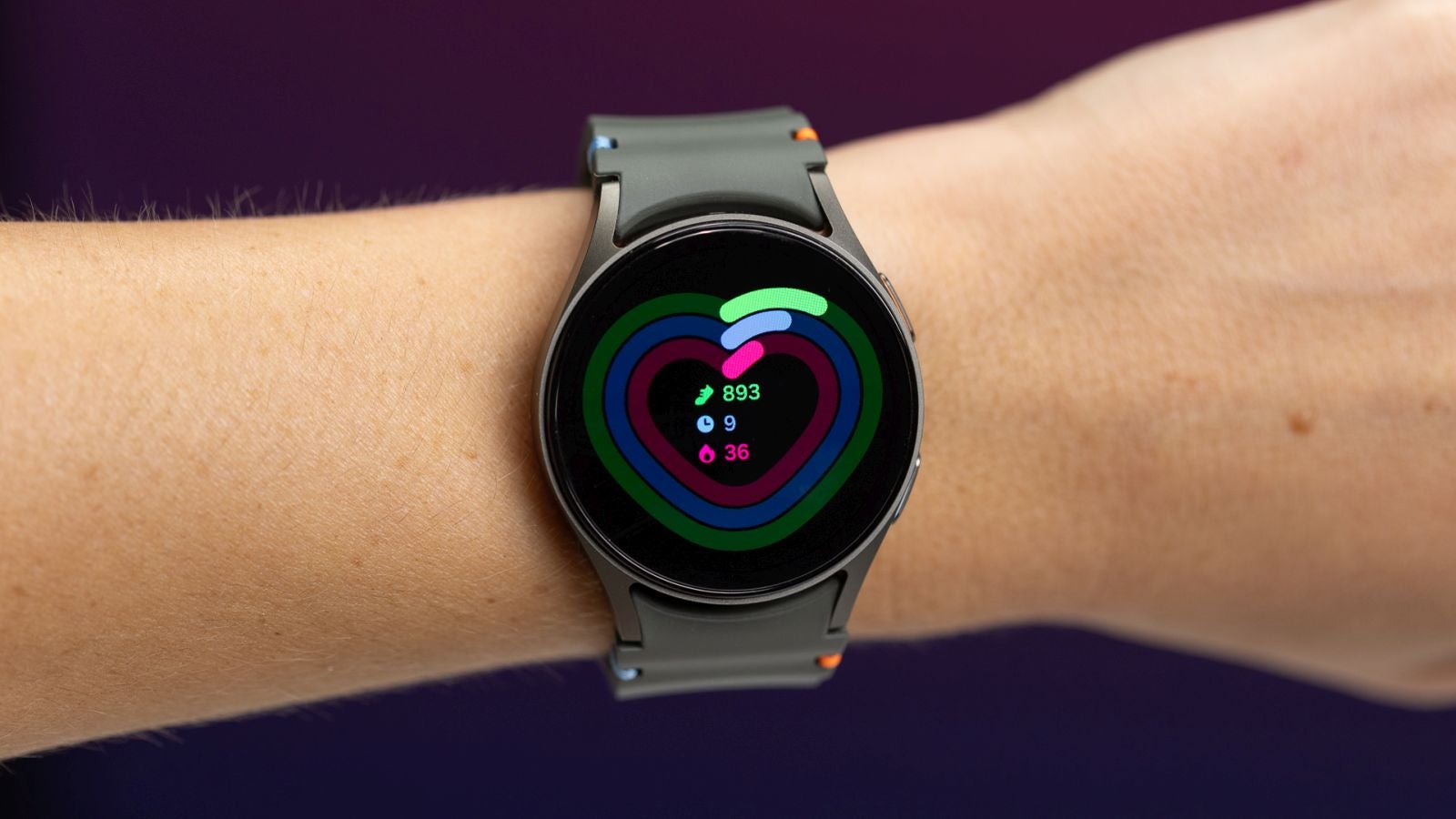
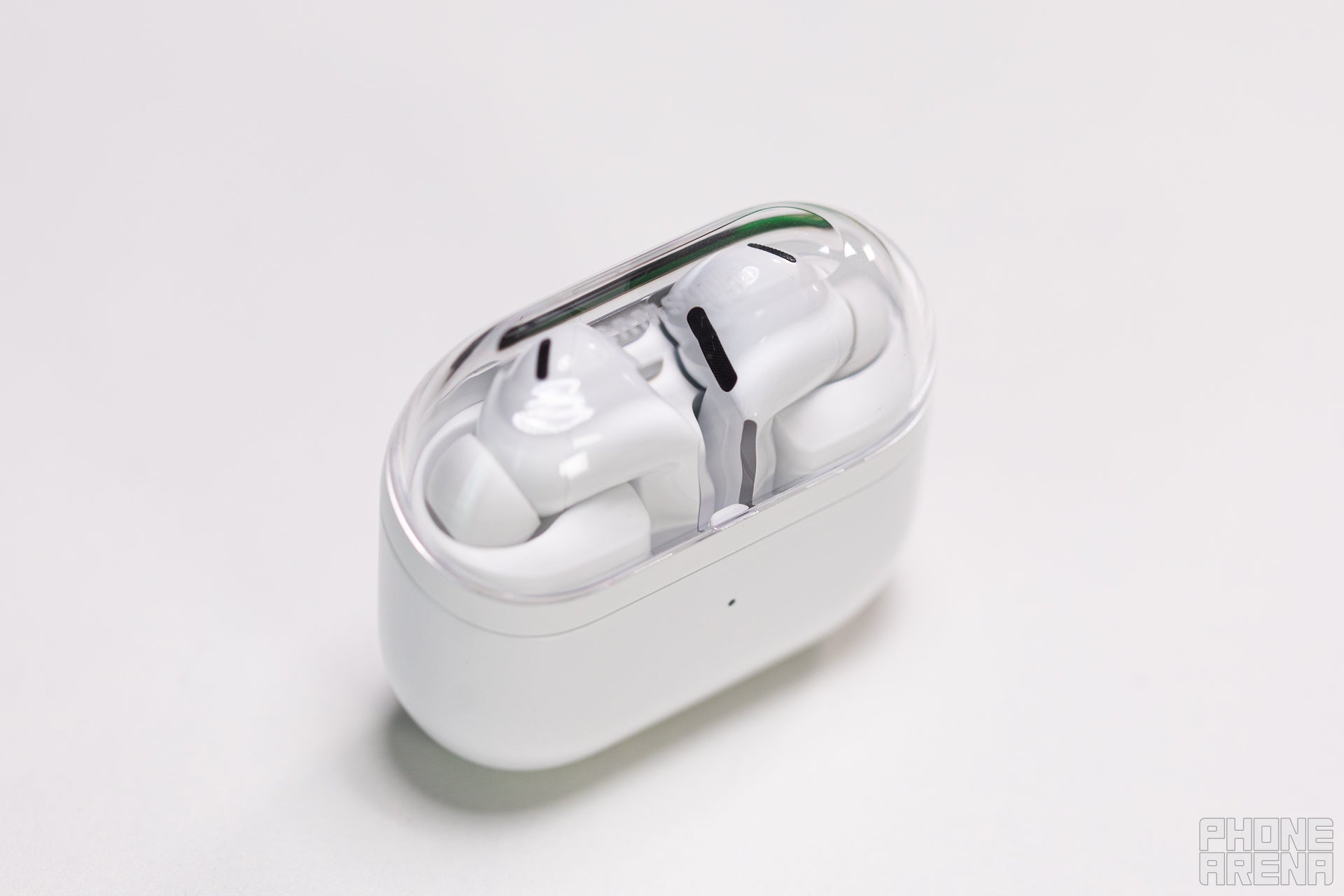










_Muhammad_R._Fakhrurrozi_Alamy.jpg?width=1280&auto=webp&quality=80&disable=upscale#)
_NicoElNino_Alamy.jpg?width=1280&auto=webp&quality=80&disable=upscale#)






































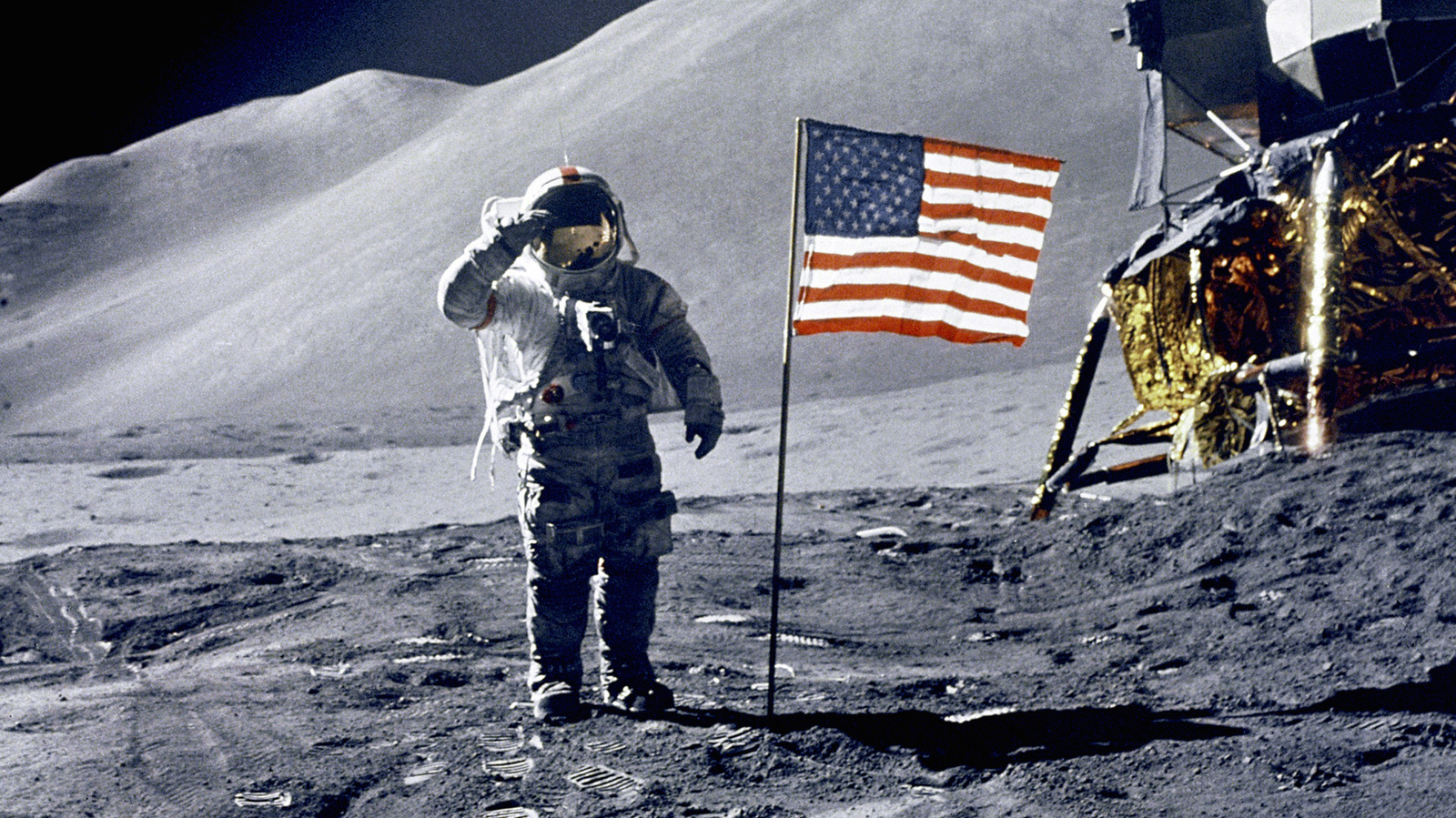
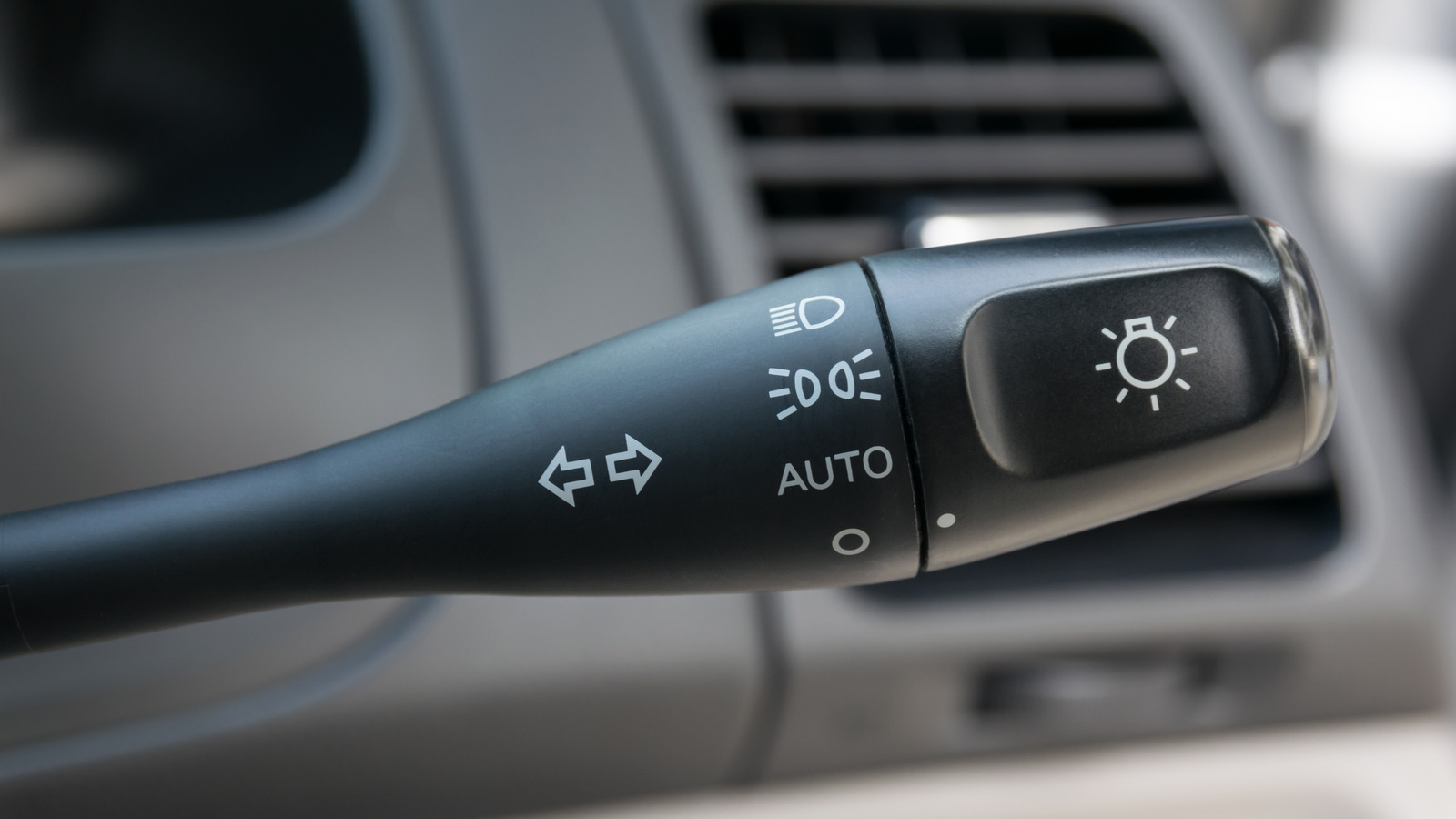
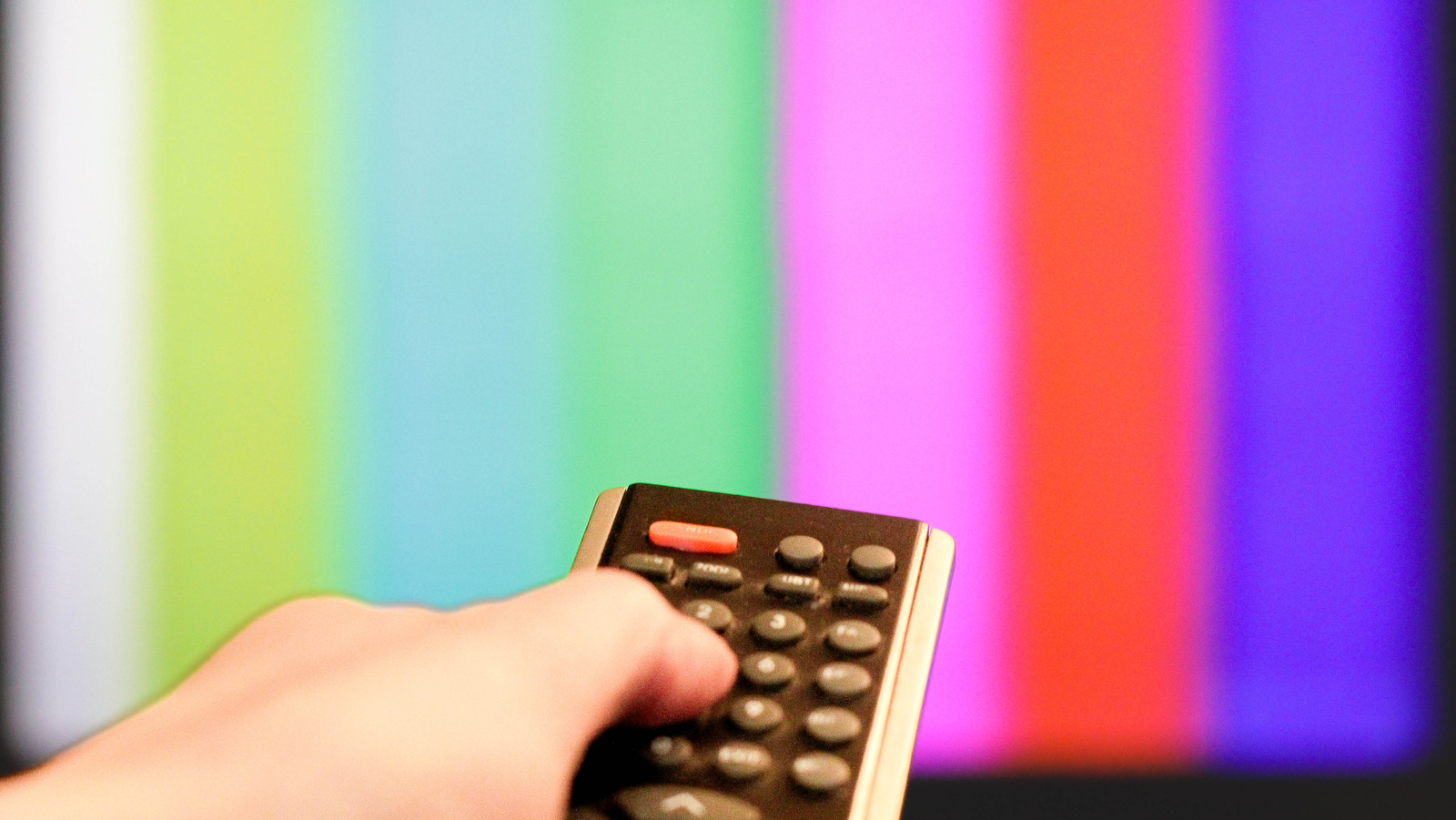































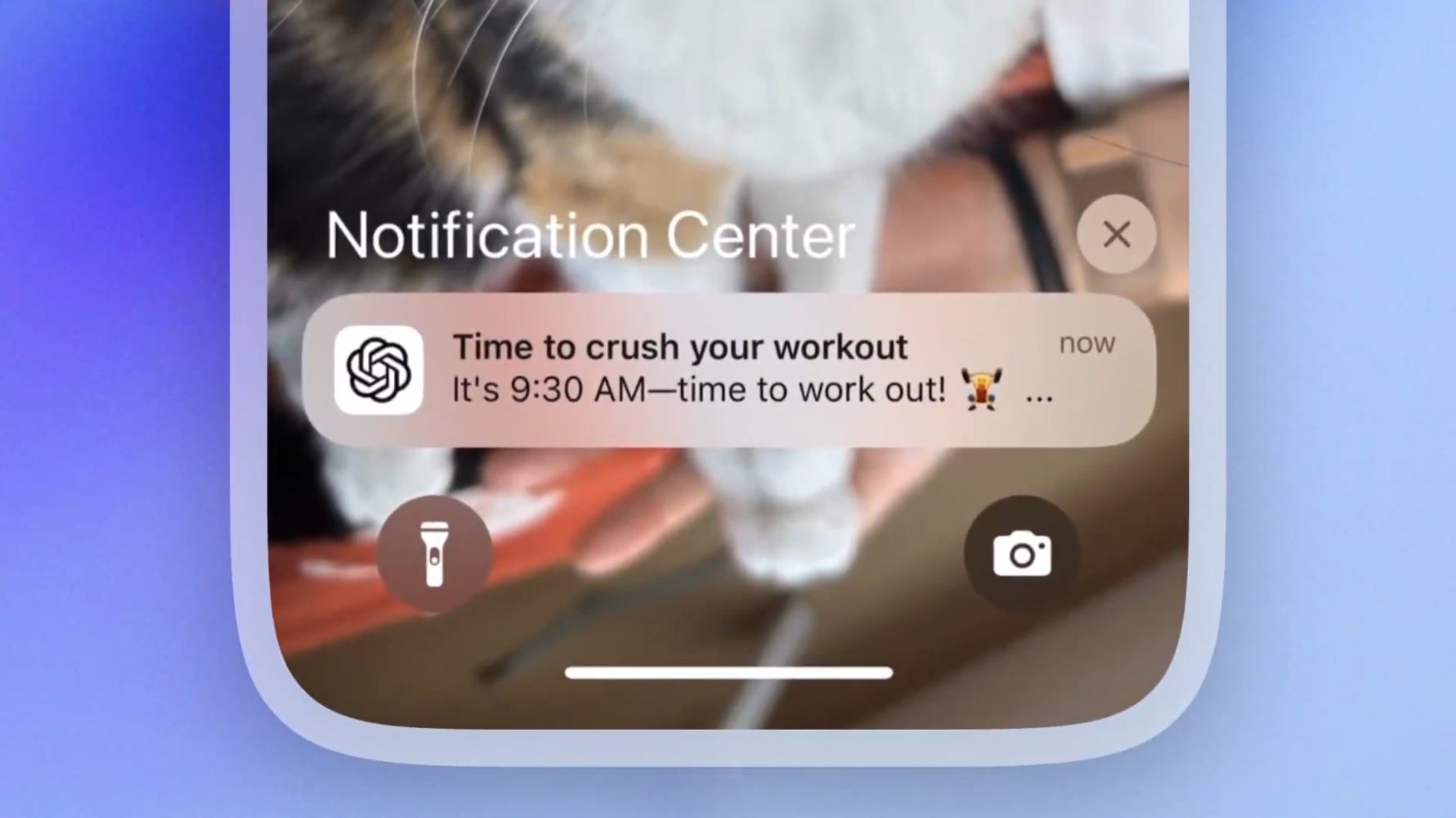
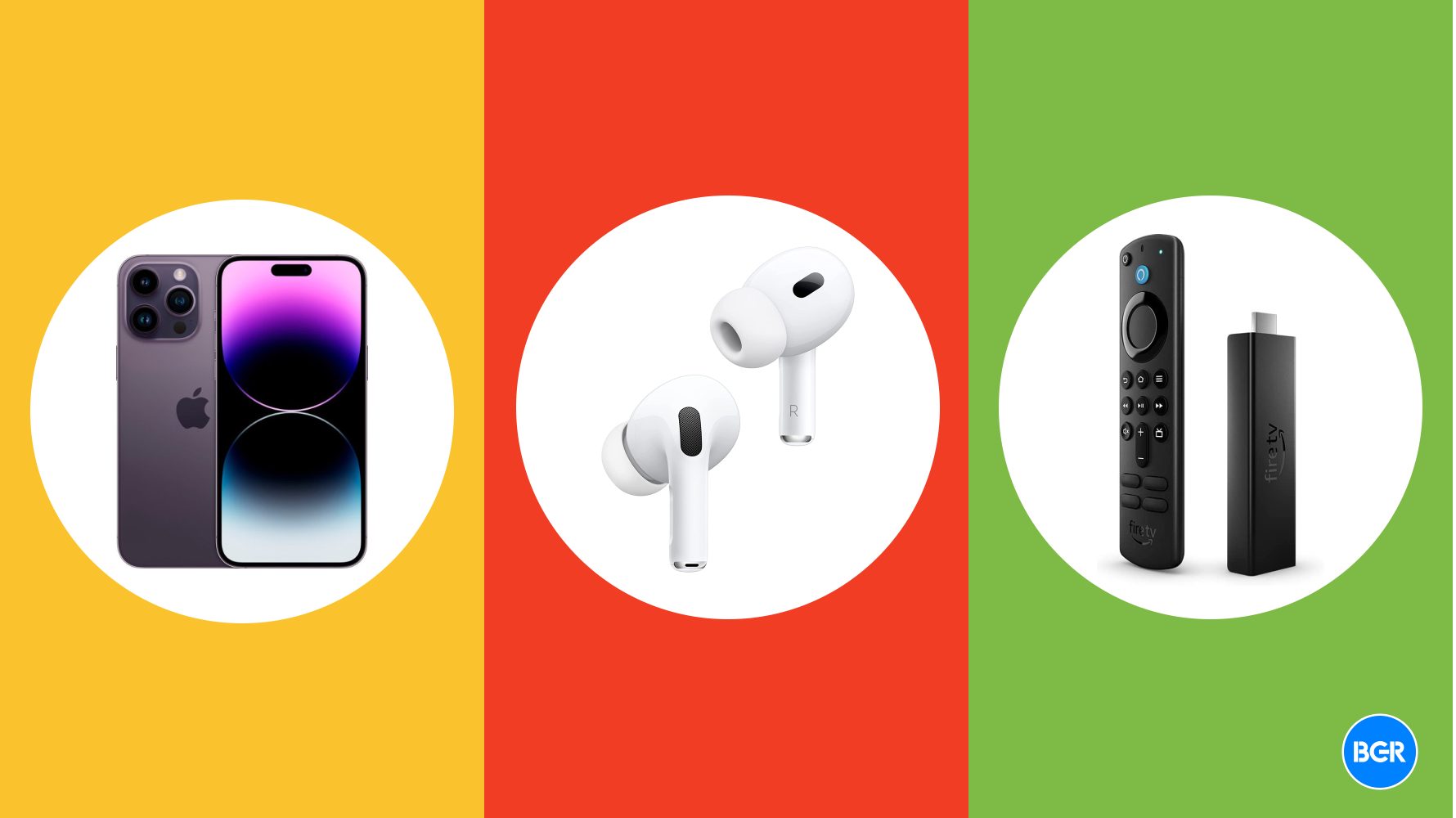





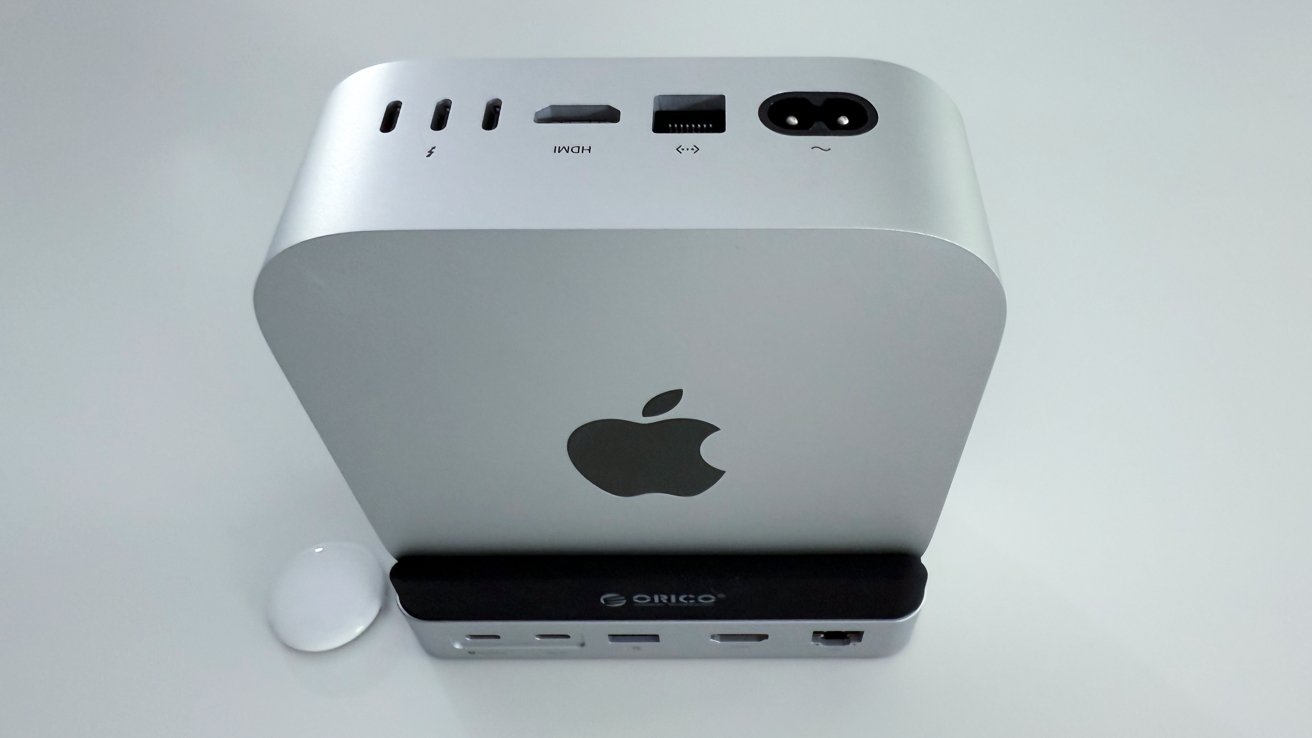

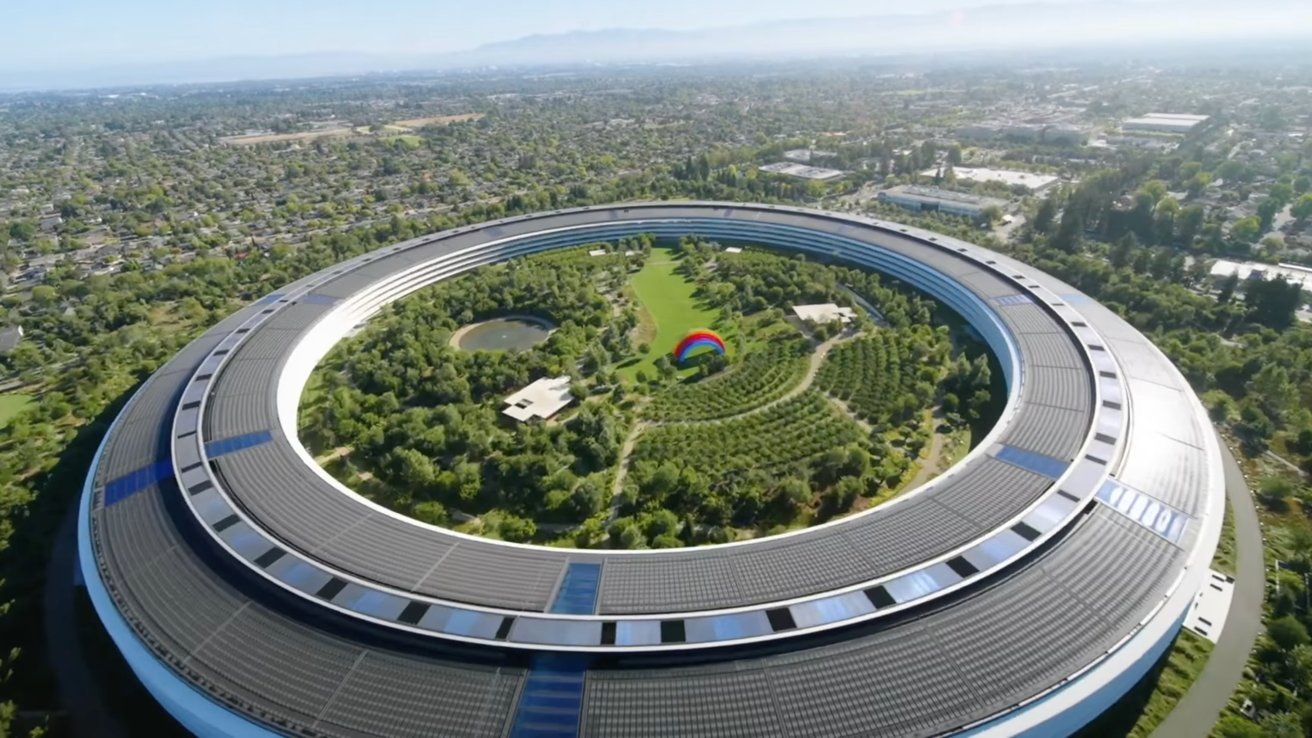
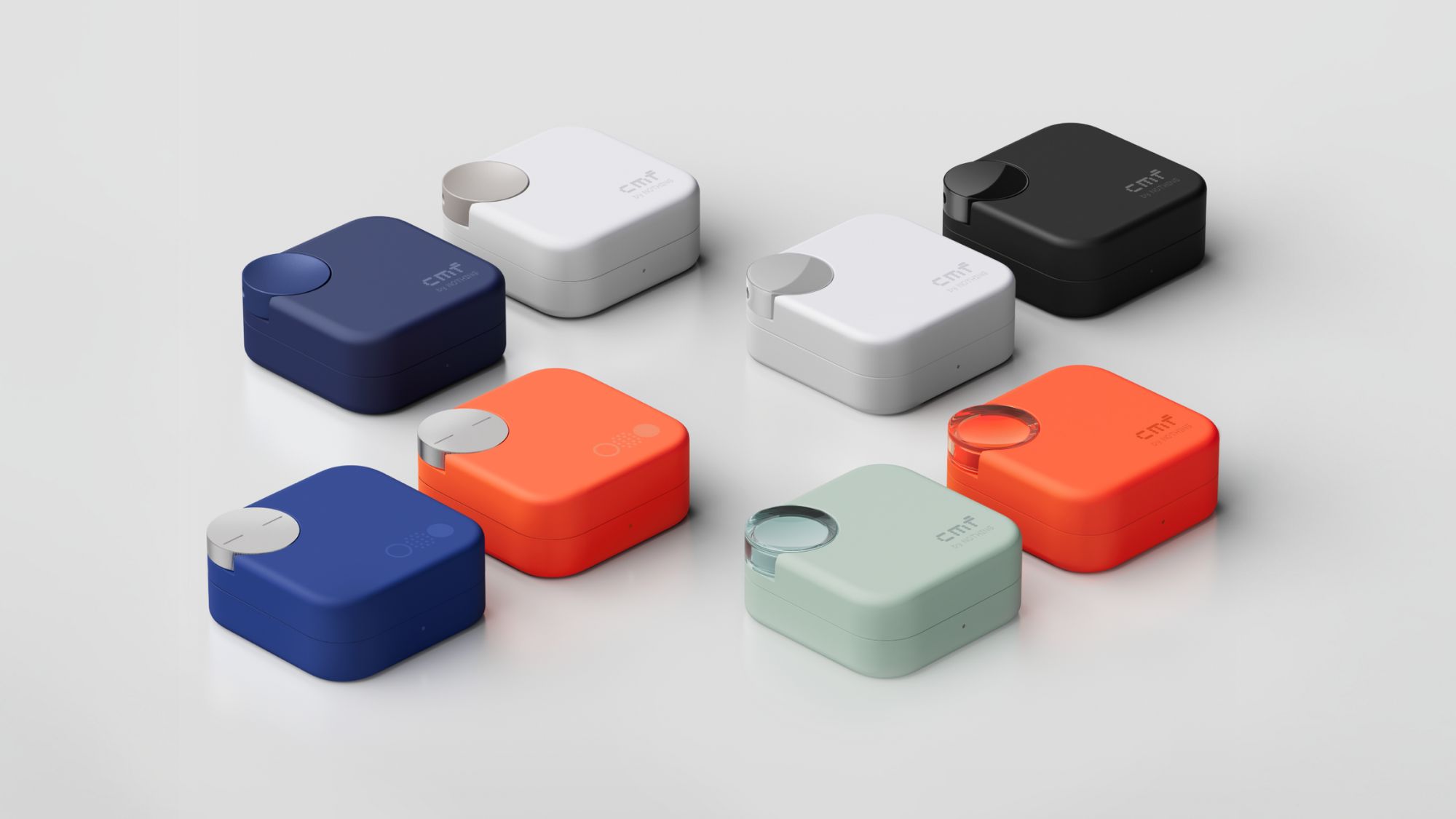
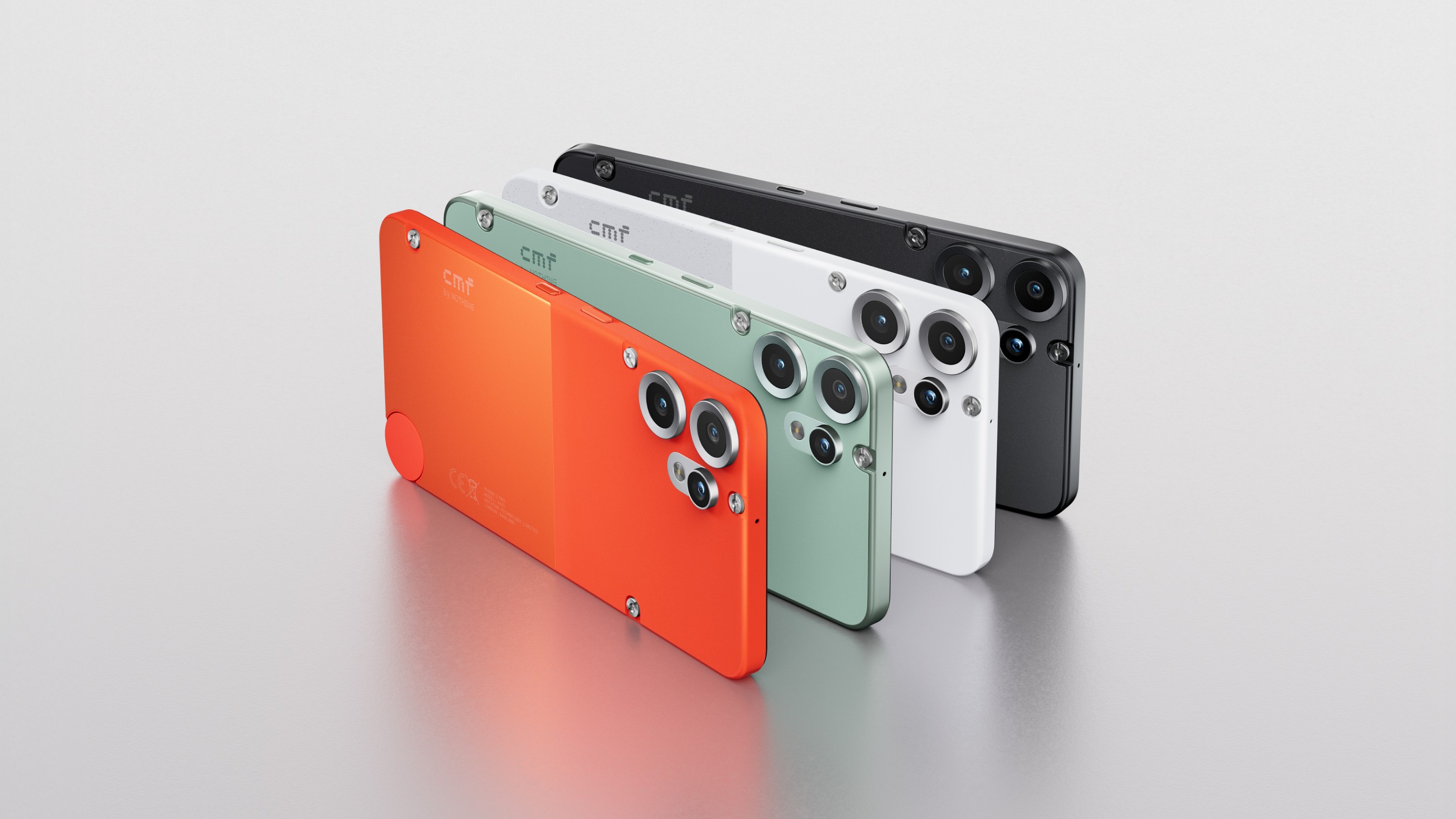
























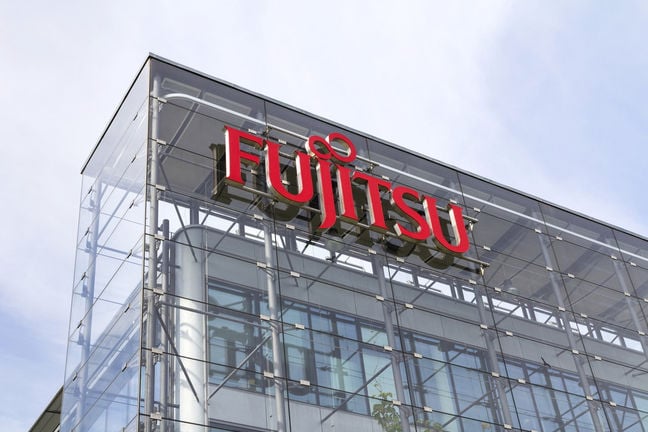

![M4 MacBook Air Drops to Just $849 - Act Fast! [Lowest Price Ever]](https://www.iclarified.com/images/news/97140/97140/97140-640.jpg)
![Apple Smart Glasses Not Close to Being Ready as Meta Targets 2025 [Gurman]](https://www.iclarified.com/images/news/97139/97139/97139-640.jpg)
![iPadOS 19 May Introduce Menu Bar, iOS 19 to Support External Displays [Rumor]](https://www.iclarified.com/images/news/97137/97137/97137-640.jpg)













